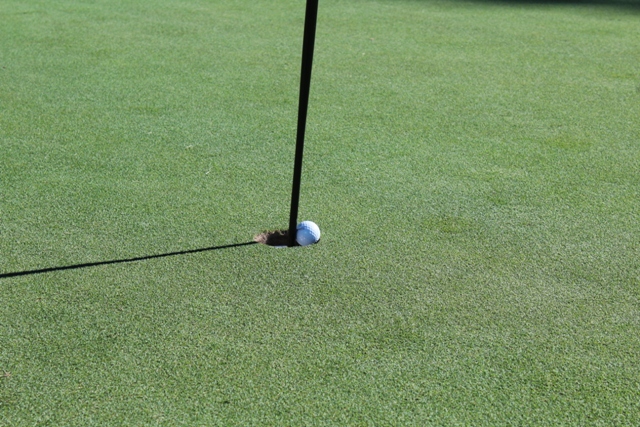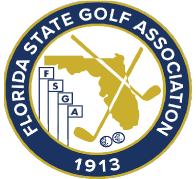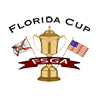13.1 - Actions Allowed or Required on Putting Greens
The simple dos and don'ts along with some relaxation of what is allowed on putting greens. Accidental movement on putting green is covered on a different page, click here.
What You Need to Know
During a round and while play is stopped, a player may repair damage to a green (whether their ball lies on the green or not) to restore it as closely as possible to its original condition by:
- Using any part of their body or an item that is considered normal equipment (ball-mark tool, tee, etc.), and
- Without unreasonably delaying play
Relief must always be taken from a wrong green when interference exists.
Repair of Damage - below are examples of damage to the green players may repair (damages caused by a person or outside influence):
- Ball marks, spike marks/shoe damage, and imperfections caused by equipment or a flagstick
- Old hole and turf plugs, sod seams, and damage caused by maintenance vehicles or tools
- Animal tracks or indentations
- Embedded objects (acorns, tees, stones, etc.)
Wrong Green (considered to be part of the general area) - if any part of the player's ball touches a wrong green, or lies on an object that is on a wrong green, the wrong green interferes with the player's intended stance or swing, the player must take relief. How to take relief:
- Find a reference point where the player finds their nearest point of complete relief (where there is no longer interference from the wrong green) - video on nearest point of complete relief
- Drop a ball (original or substituted ball) within one club-length of the reference point determined above, and no closer to the hole than that reference point
- There must no longer be interference from the wrong green and the ball must stay in the general area
13.2 - The Flagstick
To remove, or not to remove; that is the question that must be answered prior to your stroke. This rule will also detail how a ball is considered holed.
What You Need to Know
A player may leave the flagstick while taking a stroke from the putting green and there is no penalty if that ball hits the flagstick. However, the player must not deliberately position the flagstick (other than centred) in the hole to gain an advantage (breach - general penalty).
Decision must be made before making the stroke - A flagstick may either be attended, removed, or put into/left in the hole. The player must make this decision prior to making a stroke.
- If the player, or their caddie, acts contrary to the player's decision to have the flagstick removed or kept in the hole after the player makes a stroke, the player receives the general penalty. However, there is no penalty if there is no reasonable chance that the removal or replacement of the flagstick will affect the ball before it comes to rest.
- If the player, or their caddie, acts contrary to another player's decision to have the flagstick removed or kept in the hole after that player makes a stroke, the player receives the general penalty. However, there is no penalty if there is no reasonable chance that the removal or replacement of the flagstick will affect the ball before it comes to rest.
Ball hits flagstick or person attending flagstick - If a ball accidentally hits either the person (including anything they are holding) attending the flagstick or the flagstick (including a removed flagstick):
- There is no penalty
- The ball must be played as it lies
13.2c - Ball Resting Against Flagstick in Hole
When a player's ball comes to rest against the flagstick left in the hole - the ball is considered holed if any part of the ball is below the surface of the putting green. The picture to the right displays a ball that is considered holed under this rule.





